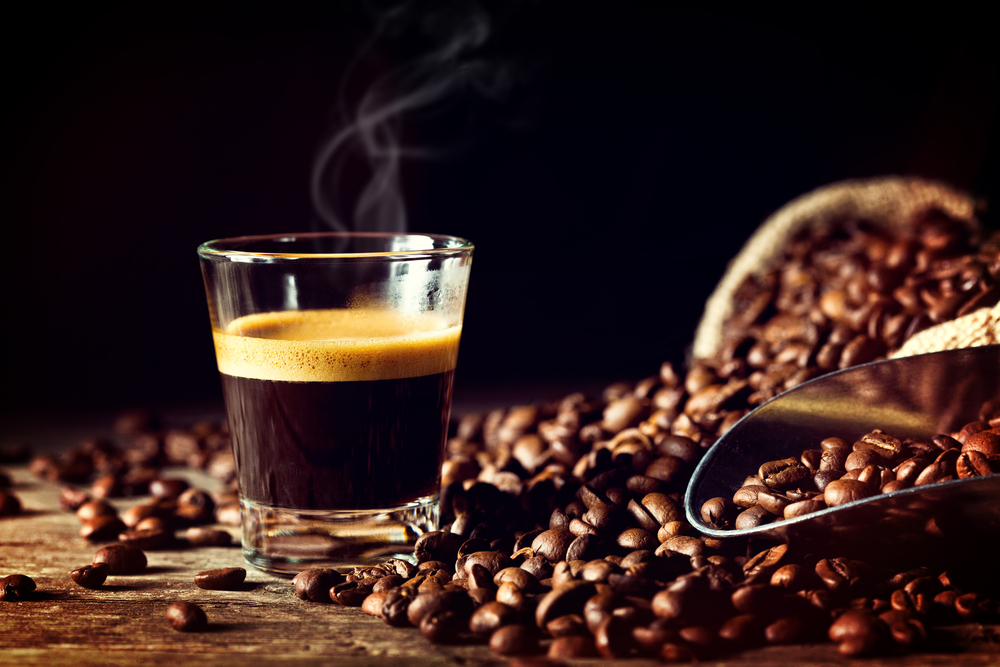Espresso is more than just a beverage; it’s a craft, a ritual, and for many, an essential part of the day. For espresso aficionados, mastering the art of using an espresso machine can elevate this daily ritual to new heights. Whether you’re a beginner or a seasoned barista, there’s always something new to learn.
In this article, we will explore advanced tips and tricks, customization techniques, and methods to enhance the quality of your espresso. Let’s dive into the world of espresso and discover how to get the most out of your espresso machine.
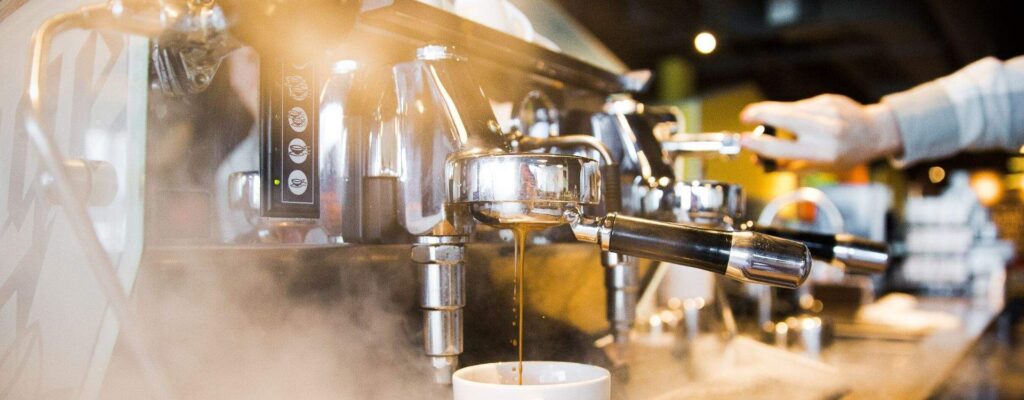
Advanced Tips and Tricks
To truly master your espresso machine, understanding the nuances and advanced techniques is crucial. Here are some advanced tips and tricks to take your espresso game to the next level:
1. Perfecting the Grind
The grind size of your coffee beans plays a pivotal role in the flavor and quality of your espresso. Here’s how to perfect it:
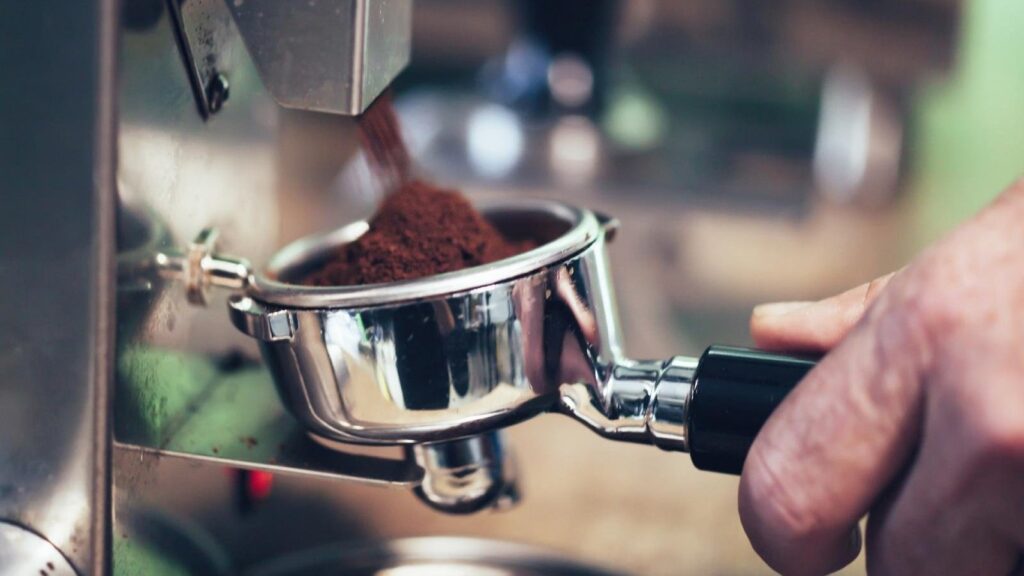
- Use a Burr Grinder: A burr grinder ensures a consistent grind size, which is essential for a balanced extraction.
- Adjust for Freshness: Coffee beans change as they age. Fresh beans require a slightly coarser grind, while older beans need a finer grind.
- Dialing In: Spend time dialing in your grind size by pulling multiple shots and adjusting the grinder until you achieve the desired flavor profile.
2. Tamping Techniques
Proper tamping ensures even extraction and a rich, flavorful shot. Follow these steps for perfect tamping:

- Even Distribution: Before tamping, ensure the coffee grounds are evenly distributed in the portafilter.
- Consistent Pressure: Apply consistent pressure (around 30 pounds) when tamping. Use a leveler or tamper with a pressure gauge if needed.
- Polish the Puck: After tamping, give the puck a slight twist to smooth the surface and ensure an even extraction.
3. Water Temperature and Quality
Water quality and temperature significantly impact the taste of your espresso. Here’s what you need to know:
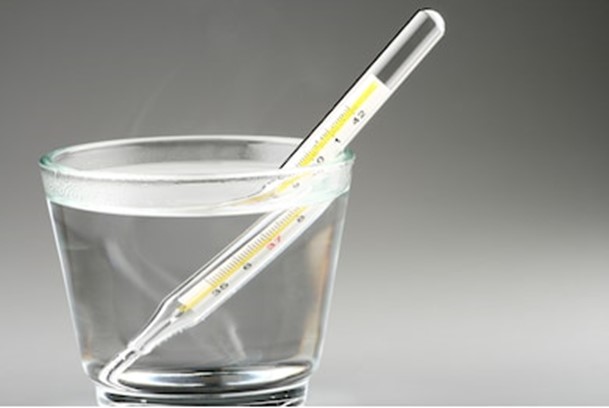
- Filtered Water: Always use filtered water to avoid mineral buildup and ensure a clean taste.
- Optimal Temperature: The ideal water temperature for espresso extraction is between 195°F and 205°F. Too hot or too cold can result in bitter or under-extracted shots.
4. Pre-Infusion
Pre-infusion is the process of gently soaking the coffee puck before full pressure extraction. This helps to:

- Even Extraction: Ensures even saturation of the coffee grounds, preventing channeling and uneven extraction.
- Enhanced Flavor: Allows the coffee to bloom, releasing more complex flavors and aromas.
Customizing Your Espresso
Customization is key to making the perfect espresso that suits your taste. Here are some ways to personalize your espresso experience:

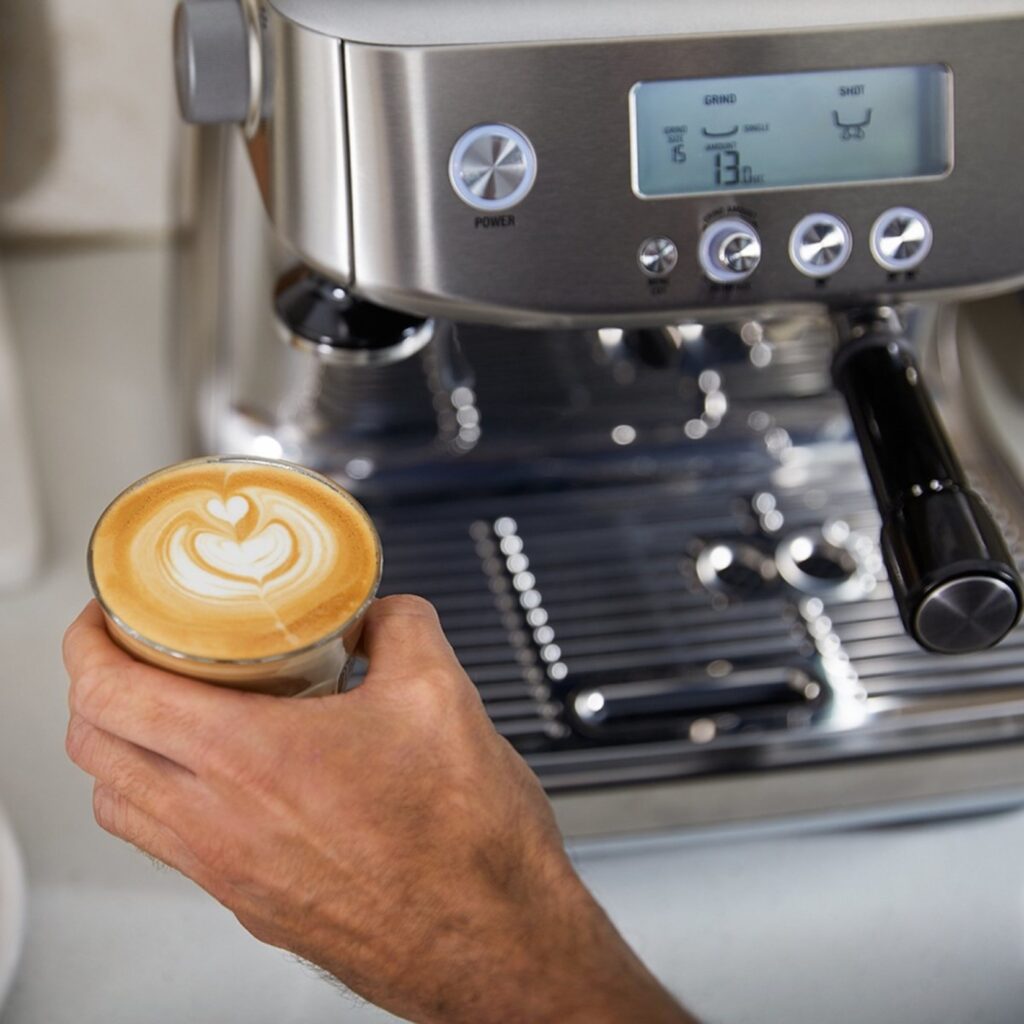
1. Experiment with Coffee Blends
Different coffee blends offer unique flavor profiles. Here’s how to explore and customize your coffee:
- Single-Origin vs. Blends: Single-origin coffees offer distinct flavors from specific regions, while blends provide a balanced and complex taste.
- Roast Levels: Experiment with various roast levels from light to dark to find the perfect balance of acidity, sweetness, and bitterness.
2. Milk Texturing and Latte Art
For those who enjoy milk-based espresso drinks, mastering milk texturing and latte art can enhance your experience:
- Steaming Technique: Proper milk steaming involves creating microfoam by introducing air into the milk and then heating it to the right temperature (around 150°F).
- Latte Art: Practice pouring techniques to create beautiful latte art, which adds a personal touch to your drinks.
3. Flavored Syrups and Additives
Adding flavored syrups and other additives can create unique espresso beverages:
- Syrups: Experiment with vanilla, caramel, hazelnut, and other flavored syrups to add a sweet twist to your espresso.
- Spices and Extras: Add a dash of cinnamon, cocoa powder, or even a sprinkle of sea salt for an unexpected flavor boost.
Enhancing Espresso Quality
Quality is the cornerstone of a great espresso. Here are some strategies to ensure you’re always getting the best possible shot:
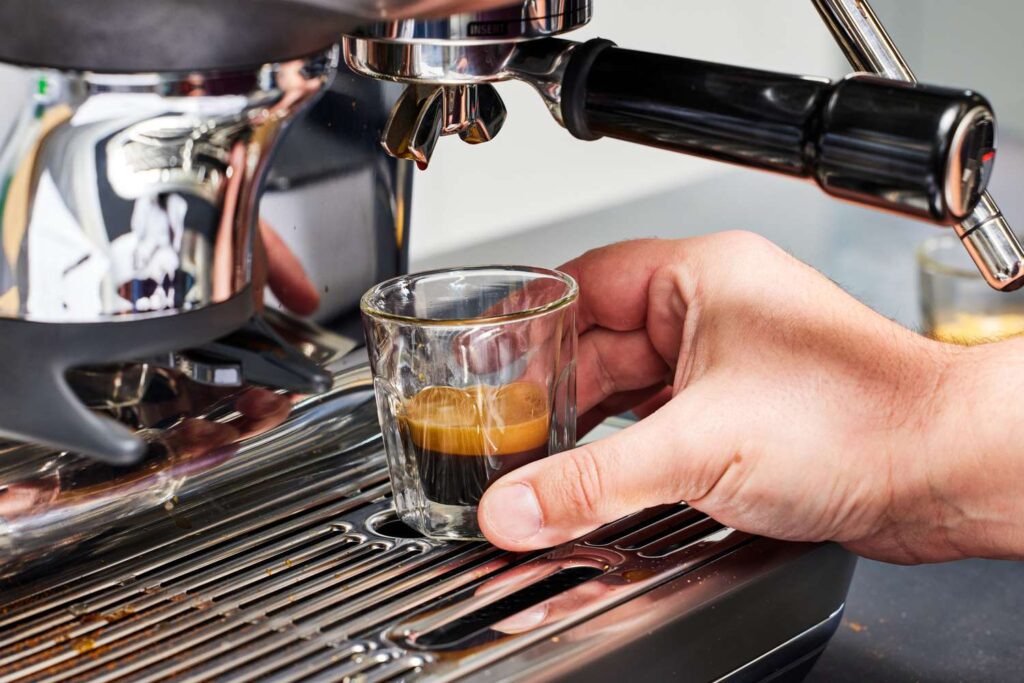
1. Regular Maintenance
Keeping your espresso machine in top condition is essential for quality:
- Cleaning: Regularly clean the portafilter, group head, and steam wand to prevent buildup and ensure consistent performance.
- Descaling: Descale your machine periodically to remove mineral deposits that can affect water flow and temperature.
2. Freshness Matters
Using fresh coffee beans and maintaining their freshness is critical:
- Storage: Store coffee beans in an airtight container away from light, heat, and moisture to preserve their freshness.
- Grind Just Before Brewing: Grind your beans just before brewing to ensure maximum flavor and aroma.
3. Consistency is Key
Consistency in your espresso-making process ensures repeatable results:
- Measure and Record: Keep track of your grind size, dose, and extraction time to replicate successful shots.
- Practice and Patience: Practice regularly and be patient as you refine your technique.
Espresso Machine Accessories and Tools
Having the right tools and accessories can significantly impact the quality and ease of making espresso. Here are some must-have accessories:
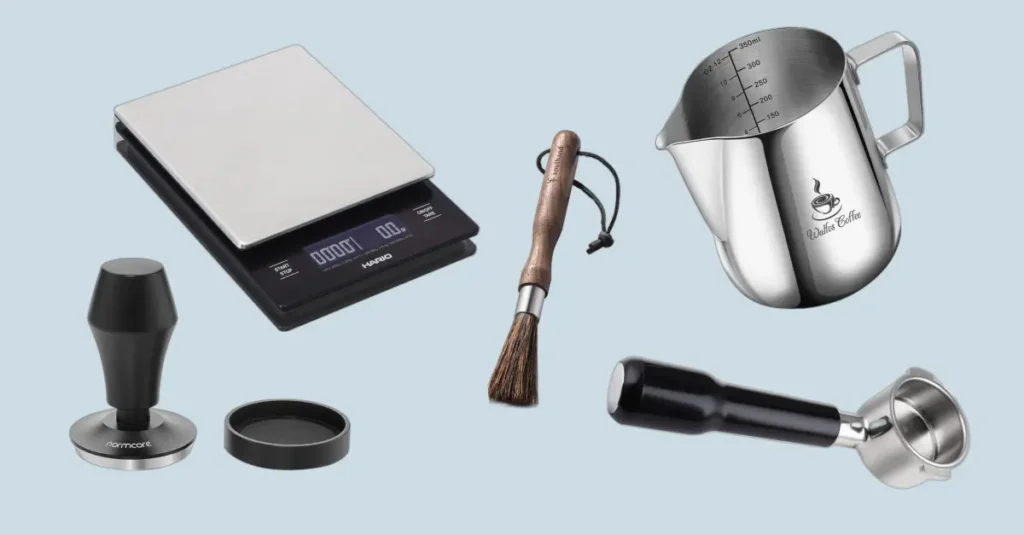
1. Tamper and Tamper Mat
A high-quality tamper ensures even pressure and a polished puck. A tamper mat provides a stable surface for tamping and protects your countertop.
2. Knock Box
A knock box allows you to easily dispose of used coffee grounds and keeps your workspace clean.
3. Milk Frothing Pitcher
A stainless steel frothing pitcher with measurement markings helps you steam milk to the perfect consistency and temperature.
4. Digital Scale
A digital scale ensures precise measurement of coffee grounds and helps you maintain consistency.
Choosing the Right Espresso Machine
Selecting the right espresso machine can make a significant difference in your coffee experience. Consider the following factors when choosing a machine:
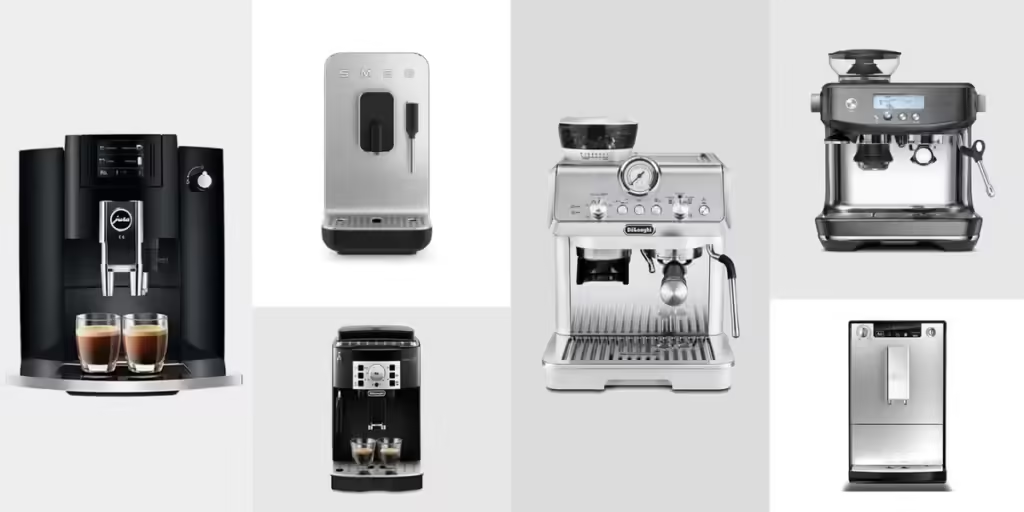
1. Machine Types
- Semi-Automatic: Offers control over the brewing process and is ideal for those who enjoy hands-on brewing.
- Automatic: Simplifies the process by automating water flow and timing, suitable for beginners.
- Super-Automatic: Handles grinding, dosing, tamping, and brewing, perfect for convenience seekers.
2. Budget and Features
- Budget: Determine your budget and find a machine that offers the best features within your price range.
- Features: Look for features like built-in grinders, PID temperature control, and programmable settings that enhance your espresso experience.
Maximizing the Lifespan of Your Espresso Machine
Proper care and maintenance can extend the lifespan of your espresso machine. Here are some tips:
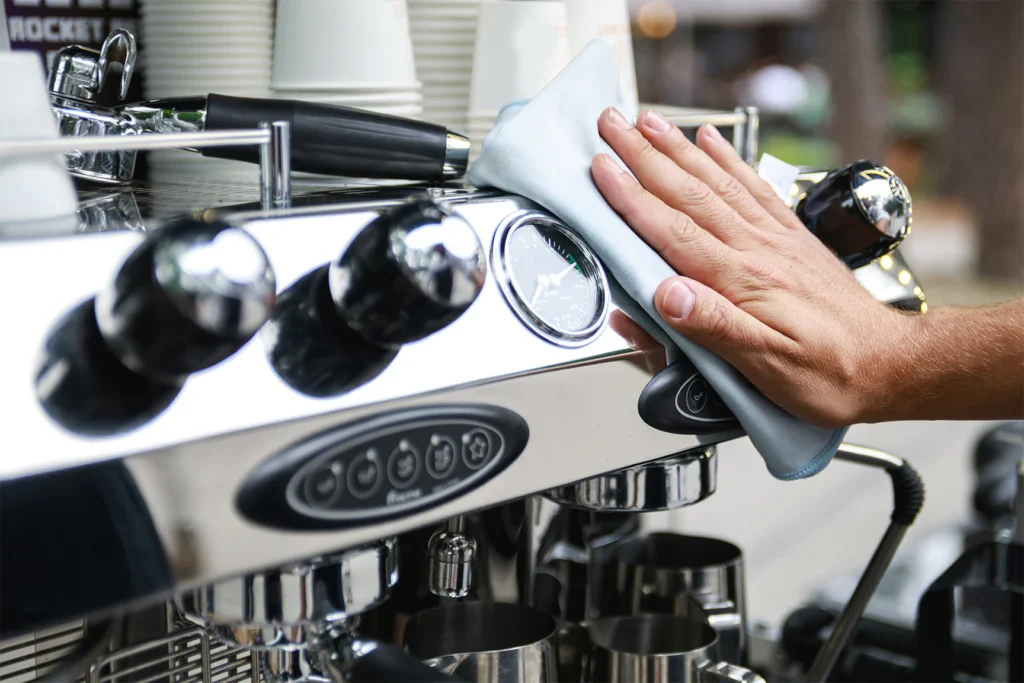
1. Regular Cleaning and Descaling Regularly clean and descale your machine to prevent buildup and ensure optimal performance.
2. Routine Inspections Perform routine inspections to check for wear and tear and address any issues promptly.
3. Follow Manufacturer Guidelines Adhere to the manufacturer’s guidelines for maintenance and use to keep your machine in top condition.
Understanding Espresso Extraction
Understanding the extraction process can help you make better espresso. Here are the key components:
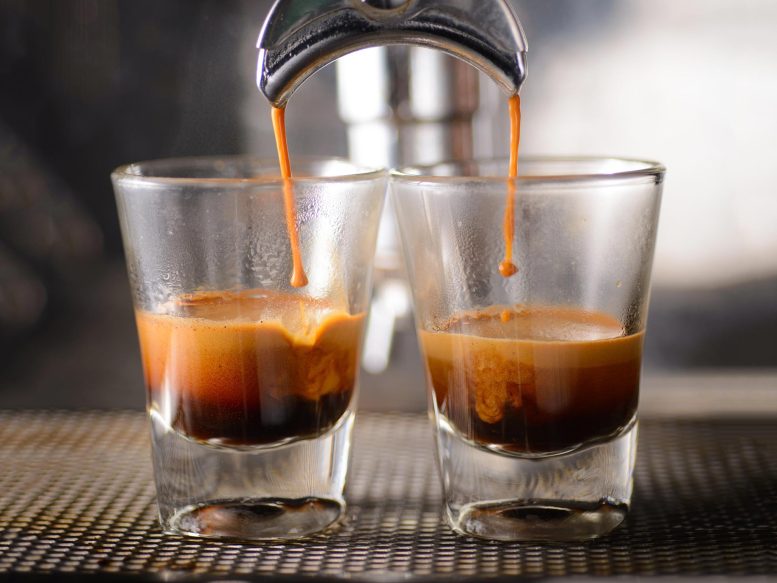
1. Extraction Time
- Optimal Time: Aim for an extraction time of 25-30 seconds for a balanced shot.
- Adjustments: Adjust grind size and dose to achieve the desired extraction time.
2. Espresso Ratio
- Standard Ratio: Use a 1:2 ratio of coffee to water (e.g., 18g of coffee to 36g of water) for a standard espresso.
- Experiment: Adjust the ratio to find your preferred taste profile.
Brewing Different Espresso-Based Drinks
Expand your espresso repertoire by learning to brew various espresso-based drinks:

1. Cappuccino
- Ingredients: 1/3 espresso, 1/3 steamed milk, 1/3 milk foam.
- Preparation: Pour espresso into a cup, add steamed milk, and top with milk foam.
2. Latte
- Ingredients: 1/3 espresso, 2/3 steamed milk, a thin layer of milk foam.
- Preparation: Pour espresso into a cup, add steamed milk, and finish with a thin layer of milk foam.
3. Americano
- Ingredients: Espresso and hot water.
- Preparation: Add hot water to a shot of espresso to dilute it to the desired strength.
Common Espresso Problems and Solutions
Identify and troubleshoot common espresso problems:
1. Bitter Espresso
- Solution: Adjust the grind size finer, reduce the extraction time, or lower the water temperature.
2. Sour Espresso
- Solution: Adjust the grind size coarser, increase the extraction time, or raise the water temperature.
3. Weak Espresso
- Solution: Increase the coffee dose, use a finer grind, or ensure even tamping.
Recommended Espresso Machines
Based on user reviews and expert opinions, here are some recommended espresso machines:
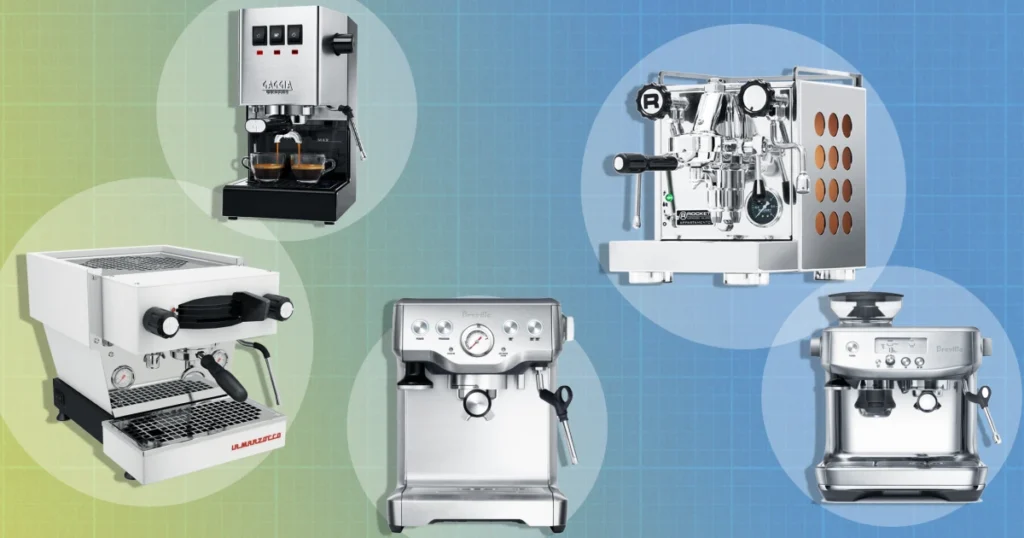
1. Breville Barista Express
- Features: Built-in grinder, PID temperature control, steam wand.
- Why Choose: Great for beginners and intermediates with its user-friendly features and consistent performance.
2. Rancilio Silvia
- Features: Commercial-grade components, manual controls.
- Why Choose: Ideal for those who want a durable and reliable machine with control over the brewing process.
3. Gaggia Classic Pro
- Features: Professional steam wand, rugged build.
- Why Choose: Excellent value for money, suitable for home baristas looking for quality and performance.
FAQs
What is the best grind size for espresso?
The best grind size for espresso is fine, similar to table salt. Adjust the grind size based on the freshness of the beans and the desired extraction time.
How often should I clean my espresso machine?
Clean your espresso machine daily for optimal performance and to prevent buildup. Descale it every 1-3 months depending on usage and water hardness.
Can I use any type of coffee beans for espresso?
Yes, you can use any type of coffee beans for espresso. However, beans labeled as “espresso” are typically roasted and blended to enhance the espresso’s flavor profile.
How do I froth milk properly?
To froth milk properly, start with cold milk, introduce air into the milk by positioning the steam wand just below the surface, and then fully submerge the wand to heat the milk to the desired temperature.
Why is my espresso too bitter?
Bitter espresso can be caused by over-extraction, too fine a grind, or water that is too hot. Adjust the grind size, extraction time, or water temperature to fix this issue.
What is the ideal water temperature for espresso?
The ideal water temperature for espresso extraction is between 195°F and 205°F.
Conclusion
Mastering the art of using your espresso machine involves understanding advanced techniques, personalizing your brew, and maintaining high quality. With the tips and tricks provided in this article, you can elevate your espresso-making skills and enjoy a superior coffee experience every day. Remember, practice makes perfect, so keep experimenting and refining your process to discover the perfect cup of espresso.
Disclosure: Our blog contains affiliate links to products. We may receive a commission for purchases made through these links. However, this does not impact our reviews and comparisons. We try our best to keep things fair and balanced, in order to help you make the best choice for you.


